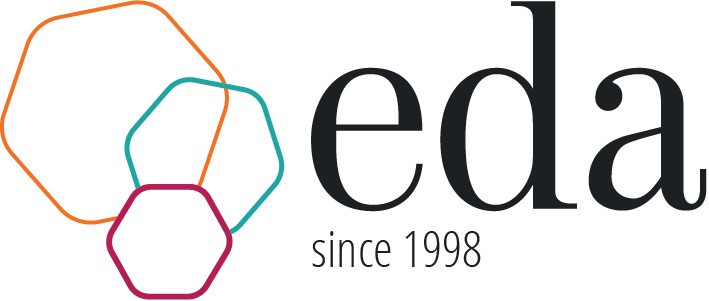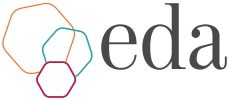Usually, when designing and intervention, we start with analyses of data. We start with data that are available and this is useful, but it has limitations. Data usually tell us about consequences, not about causes. E.g. we can see that quantity of exported furniture is increasing, but we do not see why. On the other hand, in order to design an intervention that will bring desired change, we need to know the causes, because only influence on causes enables us to impact the result, i.e. to achieve desired change. Time is usually limited and, under pressure to act, we may design the interventions that, to some extent, are based on assumptions.

Also, design of development interventions, such as projects and measures, includes assumption that causes are known. On basis of identified cause-effect relations, development practitioners prepare interventions that should lead to desired changes in the society. E.g. if we provide training for the unemployed, companies will employ them and become more competitive. Seems fine. However, there are some, let’s say hidden, additional assumptions, such as, for example, the one that unemployed do want to work, but they do not have an opportunity. Usually, no one checks if this assumption is true, because it looks so obvious. In practice, however, it is not. Consequently, there are organizations offering free training for unemployed that are struggling with finding participants, there are companies seeking for employees and offering initial training, struggling to find candidates, etc. Obviously, not all causes of unemployment, as defined in modern society, are explored. Therefore, interventions can target only one part of employees as the target group – the ones that do satisfy all of the above-mentioned aspects and criteria. Unemployment is just an example, there are numerous similar examples in other areas of economy, and social life in general.
So, we have to get deeper insights, which limited data cannot offer, in order to have clear picture of cause-effect relations before we design an intervention. Sometimes, it takes only to look in more details and from multiple angles, and map of causes and influential factors becomes visible and clear. Observing processes and listening (yes, listening) to stakeholders, even if what they speak is not guided by a questionnaire or interviewer, will say much more about causes than some of existing data. In such cases, it is important not to go to generalizations too soon, i.e. to make conclusions for entire group on basis of insights in behavior of only few members. But insights are extremely valuable.
However, there are situations where information on cause-effect relations simply do not exist, where we cannot say what effect would an intervention have. In Cynefin framework (http://cognitive-edge.com/videos/cynefin-framework-introduction/) these are seen as complex. In such situations, as the framework suggests, it is needed to undertake steps Probe – Sense – Respond, i.e. it is not possible to immediately design large-scale intervention that will result in precisely defined and desired change. It could, but it would be pure luck. Above mentioned framework offers an approach that is good, because we do not engage massive resources for an intervention that has questionable design, i.e. that lays on assumptions that are used as facts. Just to clarify, not all situations are such and this should not be used as an excuse for being passive. There are many situations where intensive and dedicated research does lead to causes, thus providing basis for design of an intervention that will produce desired change.
Whatever the situation is, it is needed to identify causes in order to design an intervention that will produce desired change.








